Xiaomi Meri is looked up as the carrier of Xiaomi’s venture into making in-house processor, as the device is said to be powered by the company’s own chipset. Today, thanks to a leak, we know that the processor will be called Pincone chip, on the name of the company that manufactured it and now in Xiaomi’s ownership.
Some specs of Xiaomi Meri have become available too thanks to the bunch of images leaked today. You can expect Xiaomi Meri to come with a 5.46″ display with a resolution of Full HD (1920 x 1080 pixels), thus getting a 403 PPI score. There is a Mali-T860 GPU chip taking graphical duties. The GPU already supports OpenGL 3.2, so there shouldn’t be any compatibility issues regarding Android Nougat update (so far we’ve seen Android 7.0 Nougat build in benchmarks showing OpenGL 3.2).
Thanks to EXIF data available in one shot, we also have the camera details of the device with us. The Xiaomi Meri could sport a 12MP cam — that’s what is 3000x4000px from the pic above — with an aperture of f/2.2, and, wait for it, no flash. Well don’t worry, it’s got flash, but the screenshot just means that flash wasn’t activated. Single or double, flash, we don’t know.
Lastly, something not given in the screenshots leaked, the Meri is not to be expected in white color, as the device is expected to hit the retail stores dressed up in rose gold, gold and black. There is also a NFC chip inside Meri.
There is also a comparison of benchmarks with LG V10, that houses a Snapdragon 808 processor, and you can see that the Pinecone chipset is winning against it (that’s why the leak). We can safely assume that Pinecone didn’t hold out that well against the Snapdragon 820 (or even SD810) chip, which is why no direct comparison with that chipset.
So, that’s your lot of Xiaomi Meri specs and rumors and leaks today. BTW, Xiaomi is looking to test its Mi5 Nougat update, and is already inviting users to do that for them. That’s cool, and if you have Mi5, and are in China, then you may want to register now for the alpha testing of the Android 7.0 update.

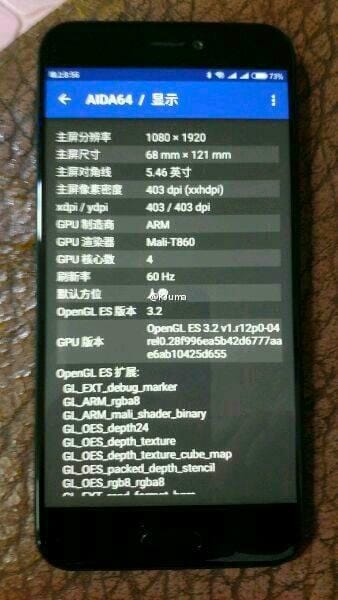
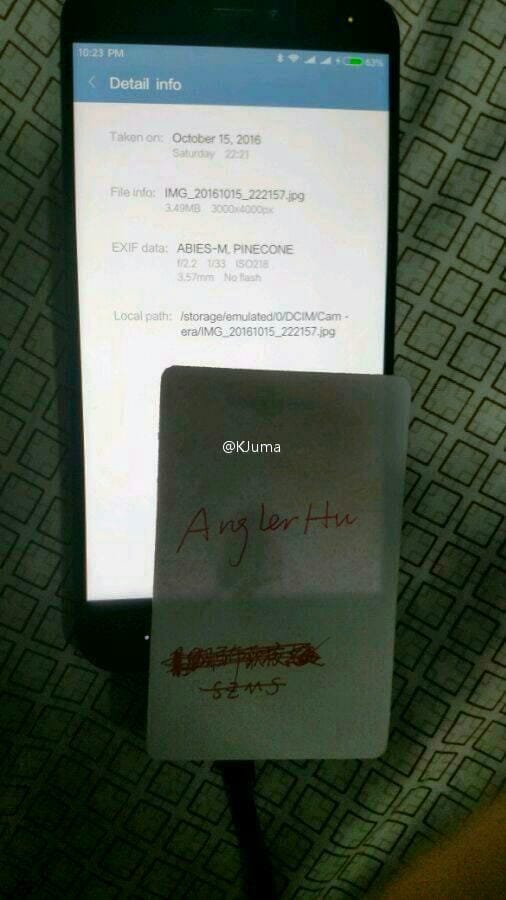
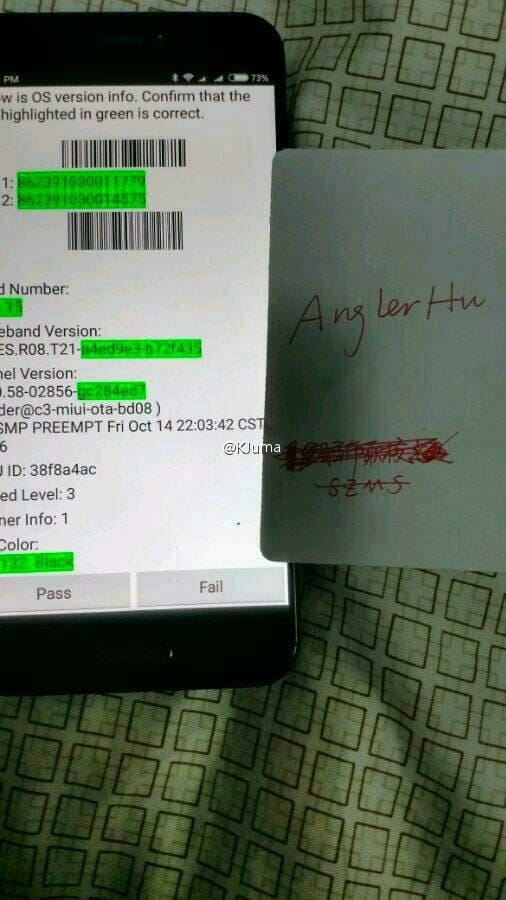

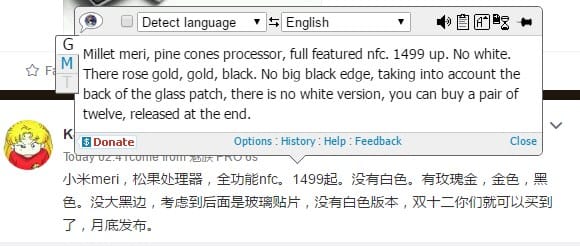
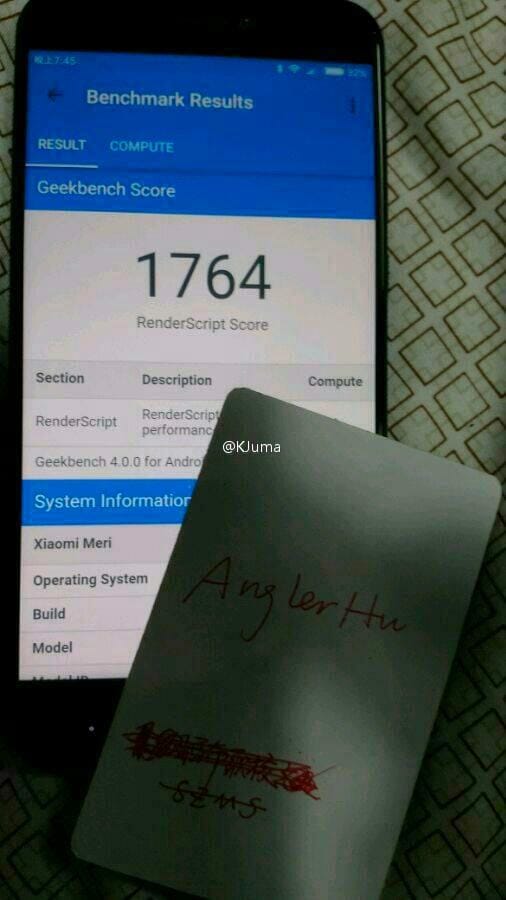
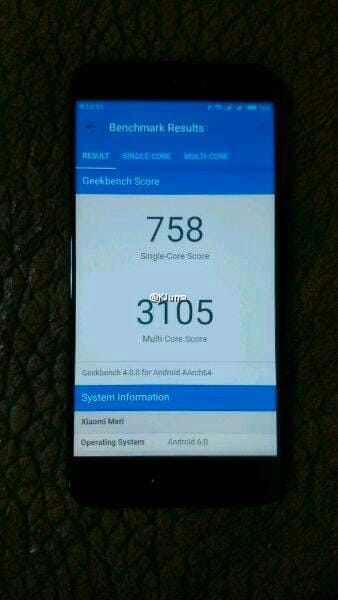
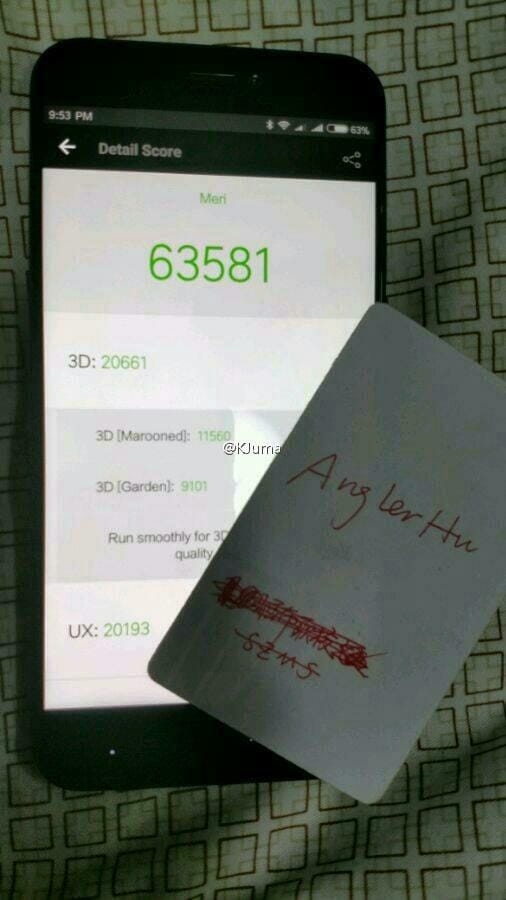












Discussion